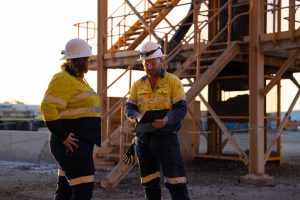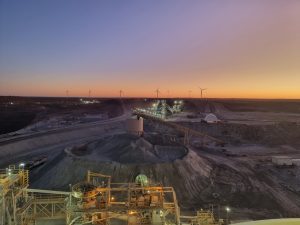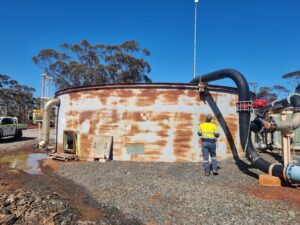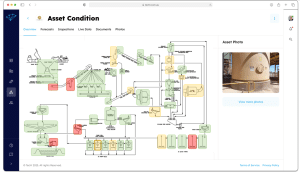Corrosion not only poses significant challenges to asset integrity and operational efficiency but also has far-reaching environmental implications.
In Australia, where industries such as mining, oil and gas, transportation, and infrastructure are prominent, effective corrosion mitigation practices are essential for minimising environmental impact and preserving natural resources.
This blog explores the importance of corrosion mitigation in reducing environmental harm, highlighting Australian practices and the substantial benefits they offer in terms of cost savings, environmental stewardship, and enhanced productivity.
The Environmental Impact of Corrosion
Corrosion-related failures can result in environmental pollution, habitat destruction, and resource depletion. Leaks, spills, and emissions from corroded equipment and structures can contaminate soil, water bodies, and air, leading to adverse effects on ecosystems and human health.
Moreover, the extraction and production of materials for corrosion repairs contribute to carbon emissions and resource consumption, exacerbating environmental degradation.
Australian Corrosion Mitigation Practices
Australian industries have made significant strides in adopting corrosion mitigation strategies to minimise environmental impact.
These practices include:
- Protective Coatings: Utilising advanced coatings and surface treatments to protect metal structures from corrosion, thereby extending their lifespan and reducing the need for frequent replacements.
- Cathodic Protection: Implementing cathodic protection systems to prevent corrosion of buried or submerged metallic assets, such as pipelines and storage tanks, by controlling electrochemical reactions.
- Asset Monitoring and Maintenance: Regular inspection, monitoring, and maintenance of assets to detect corrosion early, address potential issues promptly, and optimise performance while minimising environmental risks.
- Sustainable Materials Selection: Choosing corrosion-resistant materials and sustainable alternatives during the design and construction phase to minimise environmental footprint and lifecycle impacts.
- Corrosion Prevention Training: Providing employees with training and education on corrosion prevention best practices, safety protocols, and environmental compliance to ensure responsible handling and maintenance of assets.
Benefits of Corrosion Mitigation
Effective corrosion mitigation not only safeguards the environment but also delivers tangible benefits to businesses and communities. Some of the key advantages include:
- Cost Savings: By reducing corrosion-related failures, downtime, and maintenance costs, businesses can achieve significant cost savings over the long term, enhancing profitability and competitiveness.
- Environmental Protection: Minimising the release of harmful substances into the environment and conserving natural resources contribute to sustainable development and environmental stewardship.
- Regulatory Compliance: Compliance with environmental regulations and standards is essential for maintaining operational licenses, securing public trust, and avoiding penalties or litigation associated with environmental violations.
- Enhanced Productivity: Reliable, corrosion-free assets operate more efficiently, delivering consistent performance, higher uptime, and improved productivity, thereby supporting economic growth and prosperity.
- Reputation and Stakeholder Confidence: Demonstrating a commitment to environmental responsibility and sustainability enhances corporate reputation, fosters stakeholder trust, and attracts investment opportunities.
Corrosion mitigation plays a crucial role in reducing environmental impact, protecting natural resources, and promoting sustainable development in Australia and beyond.
By adopting proactive corrosion management practices and embracing innovative technologies, industries can minimise their ecological footprint, optimise resource utilisation, and create a more resilient and environmentally responsible future.
Together, through collective efforts and collaboration, we can mitigate corrosion’s environmental effects and build a greener, cleaner, and more sustainable world for generations to come.
As we strive to minimise the environmental impact of corrosion, industries must embrace proactive mitigation strategies and sustainable practices.
To learn more about how TECHT can help your organisation implement effective corrosion mitigation solutions tailored to your needs, contact us today. Together, let’s build a greener, more sustainable future for our planet.





